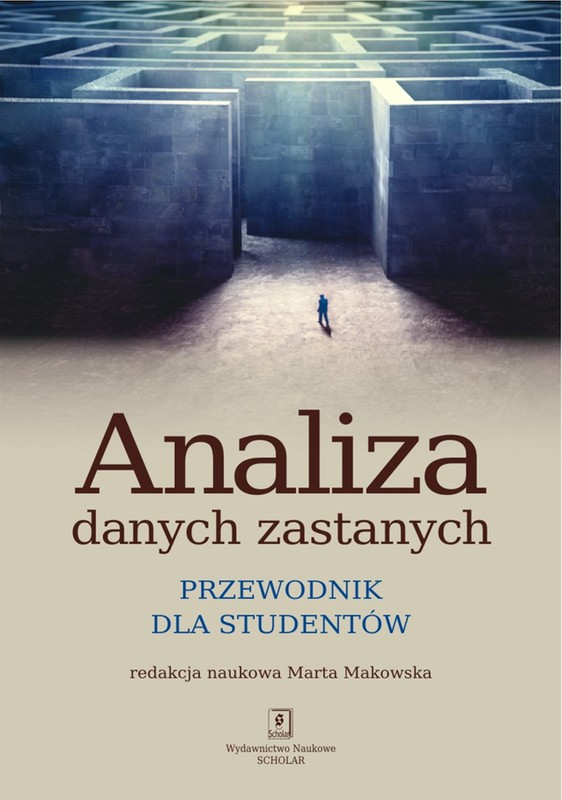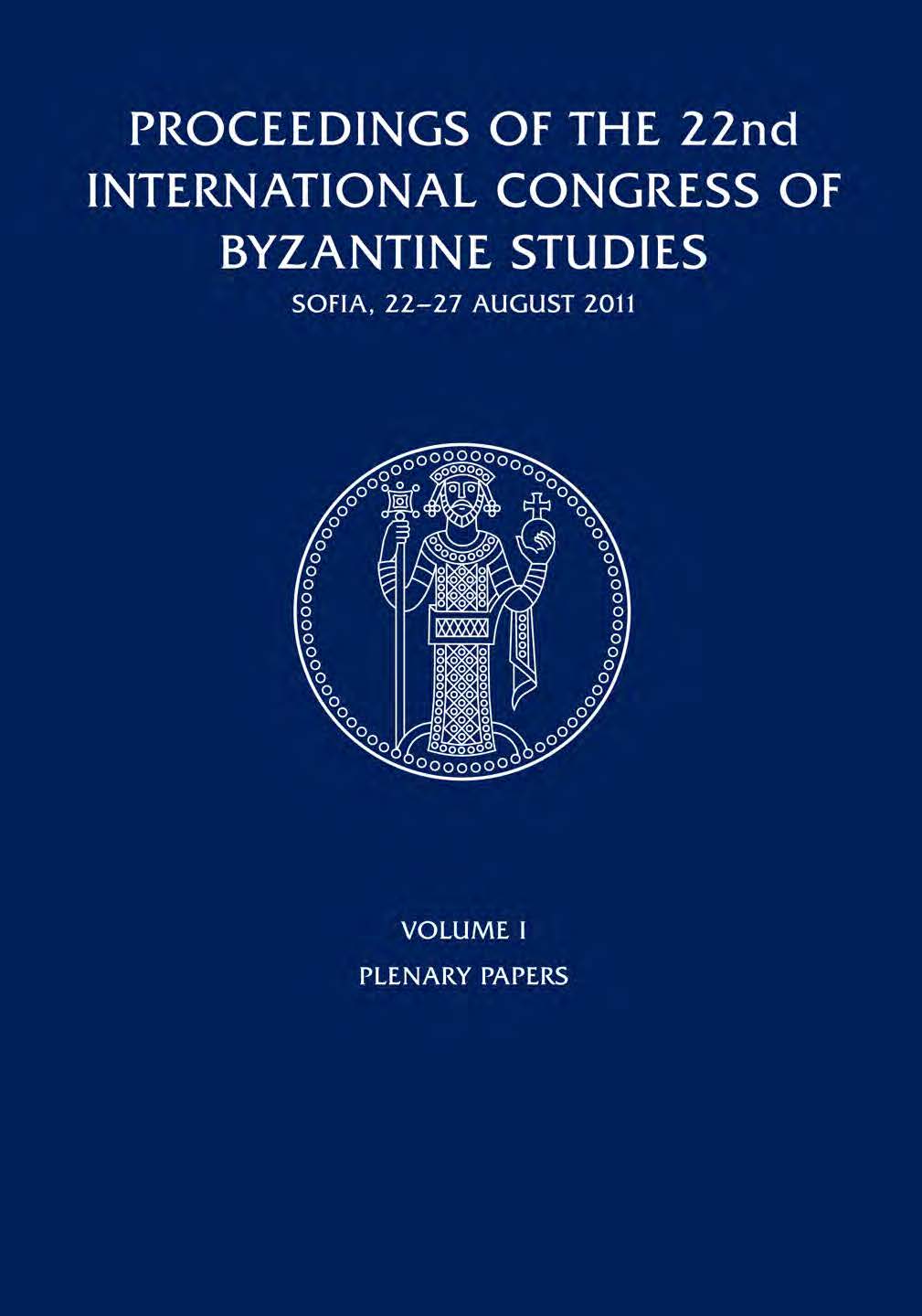

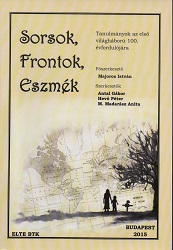
Keywords: Great War; Russian revolutions; Finland; Brest-Litovsk;
This article analyzes how the Great European War or the First Eurocentric Civil War and the Russian revolutions affected the process of Finland’s Independence of 1917. In the beginning the historical context of the Independence, its roots derived from the position of Finland as an autonomous Grand Duchy of the Russian Empire, the internal Finnish Independence related events as well as its interconnections with the Russian revolutions and the Great War of 1914-1918 are discussed. This article gives special emphasis to the analysis of how the three phases of the Brest-Litovsk peace process affected the Finnish independence process, from the Finnish point of view through the main official actors.
More...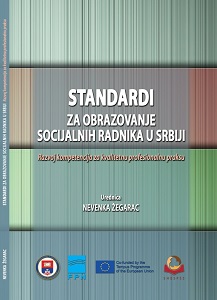
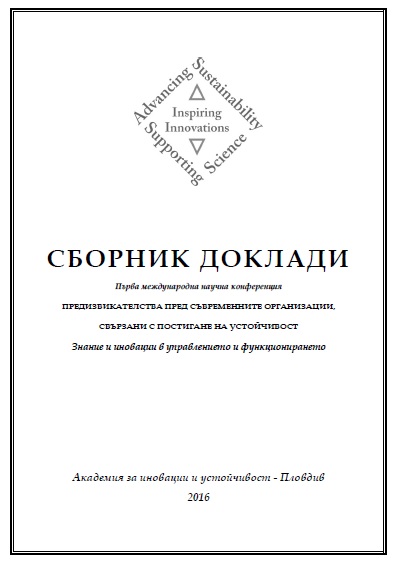
Keywords: labor market; employment; unemployment; active social programs
The political changes of the early 90s of the twentieth century in Bulgaria laid the foundations for a real labor market and major reforms in the hitherto existing social protection systems and the development of human capital. The transition from centrally planned to a market economy in Bulgaria is expressed in massive transformations in the ownership and structure of the national economy. In these adverse economic conditions the formation of the labor market and social protection policies went through many twists because of the inconsistent policy of frequently changing governments and their different attitude towards policies on unemployment and employment. Next years, acquiring the features of a developed market economy, the national economy get opportunities for further integration to the current global economic and social processes. At the same time the opportunities are widened for participation in the common European and global networks, schemes, different initiatives which unite efforts to overcome the economic and social problems. The latest financial and economic crisis of 2008 found Bulgaria insufficiently prepared to implement an integrated approach to the social sphere, and in particular in the development of the labor market, social protection and human resources according to changing unfavorable macroeconomic environment. In practice, applied are various measures and programs borrowed from foreign experience in an attempt to approbation on regional and national level without having made a preliminary comprehensive analysis. Current study makes a profound analyses of the characteristics of labor market development in Bulgaria and development of the active social policies in these periods of active transformations in social and economic spheres.
More...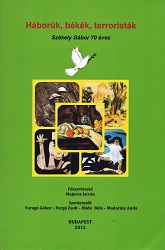
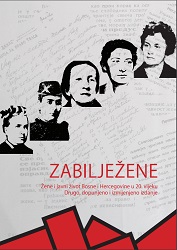
Keywords: women; public life; BiH; Austro-Hungarian period;
Razmeđe koje će se ovdje obraditi tiče se smjene dvije imperije na prostoru Bosne i Hercegovine – otomanske i austrougarske. Naglasak će ipak biti na drugom segmentu s obzirom na obim i ciljeve knjige: ovdje se akcentuje određeni period ne težeći pri tom da se nivelišu drugi periodi s obzirom na složenost društvenog konteksta i uopće društvenog determinizma, a posebno ako imamo u vidu genealogiju okcidentalizma, orijentalizma i između njih ugniježđenog balkanizma. Kada govorimo o bh. ženi u periodu austrougarske uprave (bilo da govorimo o ženi kao takvoj, ženama kao posebnoj društvenoj grupi ili pak o ženama koje su se istakle u različitim domenima svoga rada ali i svakodnevice) ne možemo a da se ne osvrnemo na svojevrsni duh vremena na razmeđima različitih epoha.
More...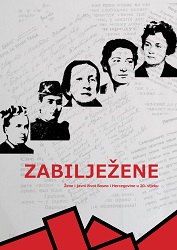
Keywords: women; public life; BiH; Austro-Hungarian period;
Razmeđe koje će se ovdje obraditi tiče se smjene dvije imperije na prostoru Bosne i Hercegovine – otomanske i austrougarske. Naglasak će ipak biti na drugom segmentu s obzirom na obim i ciljeve knjige: ovdje se akcentuje određeni period ne težeći pri tom da se nivelišu drugi periodi s obzirom na složenost društvenog konteksta i uopće društvenog determinizma, a posebno ako imamo u vidu genealogiju okcidentalizma, orijentalizma i između njih ugniježđenog balkanizma. Kada govorimo o bh. ženi u periodu austrougarske uprave (bilo da govorimo o ženi kao takvoj, ženama kao posebnoj društvenoj grupi ili pak o ženama koje su se istakle u različitim domenima svoga rada ali i svakodnevice) ne možemo a da se ne osvrnemo na svojevrsni duh vremena na razmeđima različitih epoha.
More...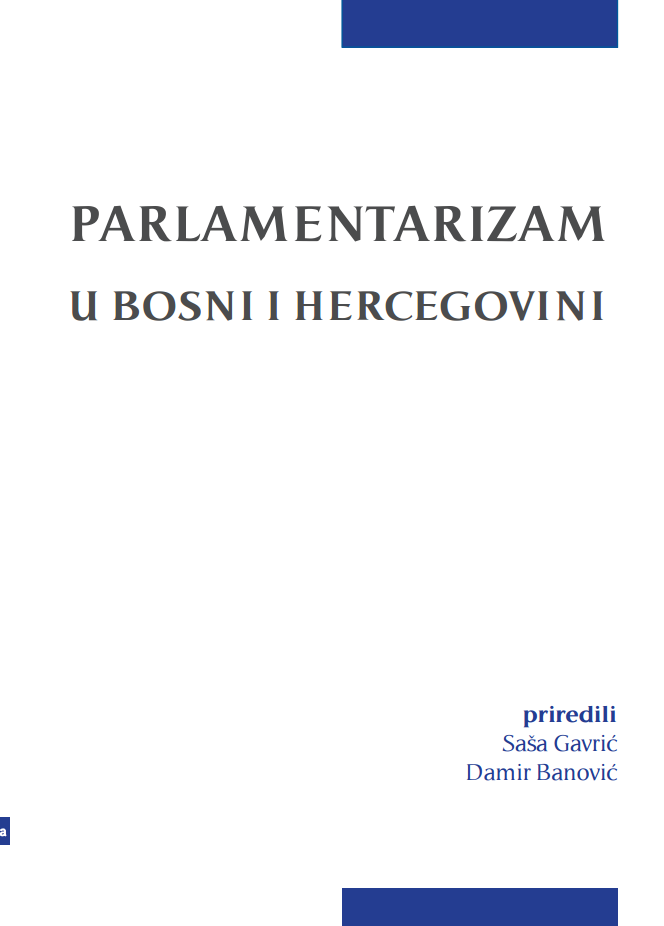
Keywords: social contract; representative body; public interest; representative democracy; multicultural state communities;
Legitimitet političkog predstavljanja i predstavničke demokracije se sublimira kroz koncept „društvenog ugovora“, što podrazumijeva delegiranje suverenog prava građana na upravljanje u zajednici, te se kroz društveni ugovor prenosi na izabrane predstavnike vlasti koji zauzvrat trebaju da zastupaju opšte interese građana i štite njihova lična prava i slobode. Autorica u članku preispituje ulogu parlamenta kao centralne političke institucije u razvoju modernih demokratskih društava, s posebnim osvrtom na švicarski model direktne demokracije. Iako u većini političkih sistema sve više slabi uloga parlamenta kao primarnog inicijatora zakona, njegova kontrolna uloga u odnosu na izvršnu i sudsku vlast sve više jača, čime se osigurava adekvatna protuteža vlasti i postiže stabilnost političkog sistema.
More...
Keywords: Czechoslovakia; Czechoslovak residency; 1959; Cuba; Havana; Cuban Security Service; USSR; KGB; Soviet satelites;
In the second half of 1959, the policy of the Soviet Union and its satellites towards Cuba changed. An irreplaceable role in this process was played by the Soviet intelligence service, the 1st Chief Directorate of the KGB attached to the Council of Ministers of the USSR, headed by General Alexander Mikhailovich Sakharovsky , which also engaged the security services of Soviet satellites into the complicated foreign operation to obtain an important beachhead in the western hemisphere. However, the scope of Czechoslovak assistance in the area of security and the influence of the Czechoslovak State Security in Cuba have remained basically up to now on the edge of professional interest.
More...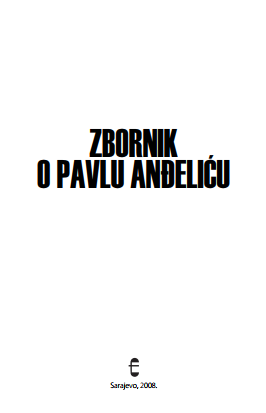
Keywords: BiH; Bosnia; heraldry; issue; coat of arms; Pavo Anđelić; concept;
Since the correct interpretation of heraldry can result in knowledge about precisely defined political programmes and personal aspirations of Bosnian rulers in the Middle ages, the main aim of this paper is to present an outline of history of the medieval Bosnian coat of arms through the works of Pavao Anđelić, who is the first historian from Bosnia and Herzegovina to have systematically researched medieval Bosnian heraldry. His contribution to our knowledge of this subject is immense because he dealt with a large number of different heraldic problems, of which his work on the coat of arms of the Bosnian state and its monarch is certainly the most important one. The main issue of Bosnian heraldry is based on the fact that Bosnian kings used two different coats of arms during the same period of time. It is thought that one of these symbols represents the Bosnian state, while the other one could represent the king. If this assumption were to be right, this specific case of the Bosnian coat of arms would be documented as a rare occurrence in European heraldry. The other problem that arises with this question is of a more historical than heraldic nature; what were the motives for the inconsistent use of one symbol for representation of the king? Through his research Pavao Anđelić was able to form a specific concept of coexistence of these different heraldic devices used by Bosnian rulers. His theory rests mainly on the idea of territorial unity of Bosnian lands which was formed during the reign of king Tvrtko I (1353-1391). According to his works, the coat of arms formed by king Ostoja (1398-1404; 1409-1418) during his second reign represents the entire Bosnian kingdom (including the Serbian lands), while the old device of king Tvrtko I continues to be used as a symbol of the Kotromanić dynasty and Bosnia proper.
More...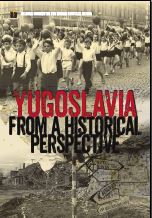
In the following text I’ll try to do the impossible: review Yugoslavia from the perspective of “memory studies” – currently a very invigorating interdisciplinary branch at the productive intersection of historical anthropology, the sociology of time, cultural studies and transition studies. Already at the outset, one encounters a series of problems. Namely, which Yugoslavia to review? The Yugoslavia from the time of the Karađorđević dynasty (1918–1941)? Tito’s (1945–1991) or Milosevi ’s (1992–2006) Yugoslavia? Should all three be reviewed at once? What kind of memory will be considered: collective or personal? Cultural or political? Or memory based on memoirs – that much-loved but factually unreliable literary form? Will the subject-matter be based on offcial, that is, institutionalized memory, or unoffcial, minority memory: established or subversive? Oral, written, recorded, engraved in monuments and memorials, or memory on the Internet, in the social media? Memory from first-hand or second-hand accounts or those passed-on, retrieved, “inherited”? And should these include the subjects of nostalgia and anti-nostalgia, bitter-sweet, heavy and traumatic memories? Retro and reproductive cultures, which in current cultural forms elicit traces of memory of previous times? Spontaneous amnesia or its opposite – contrived and systematic amnesia? Memories as a means of emancipation?
More...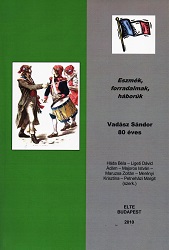
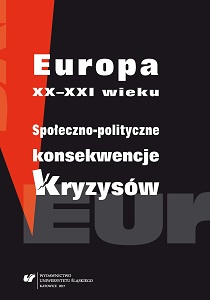

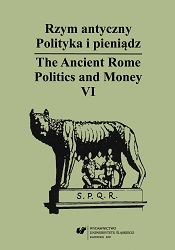
When presenting the accomplishments of Polish researchers in the years from 1982 to 2013 concerning money in Ancient Egypt, it is worth recalling earlier studies because they constitute important points on the map of our achievements; they are still discussed in international literature. These include some publications by Stefan Skowronek dealing with the Alexandrian mint and different aspects of its issues during the Roman period until Diocletian’s monetary reforms. His later studies already fall within the time frame of the following research. Altogether, they comprise a list of major publications about Alexandrian coins, primarily about their iconography, also viewed from a synthetic perspective. Alexandrian coins, that is, issues from the time of Roman rule from Augustus to Diocletian, which Giovanni Dattari called Numi Augg. Alexandrini, are marked by unique iconography. Apart from an analysis of selected research questions, Stefan Skowronek presented, in broader terms, the merging of local and Greco-Roman trends, their religious and political aspects. Barbara Lichocka also contributed to the iconography of Alexandrian coins. Among others, she studied the iconography and cult of Nemesis, as well as suggested a new interpretation (as Artemis) of the female figure standing in front of an altar and facing Apollo as depicted on the coins of Antoninus Pius.The archaeological excavations conducted by Polish missions in Egypt forced the necessityto publish new findings. These publications included works by Aleksandra Krzyżanowska (anannotated catalogue of coins from Tell Atrib and articles concerning coins from this archeological site, a research paper on a small group of late Roman coins from Deir El-Bahari) and Barbara Lichocka (studies of coins from different periods unearthed on Kom El-Dikka in Alexandria, a catalogue of Byzantine coins from Marea baths and a publication of coins from Naqlun). Dorota Malarczyk examined Umayyad coins found in Marea. Piotr Jaworski published coins issued in Egypt and found in Ptolemais. Katarzyna Lach provided a general overview of coins recovered from the Polish-American excavations in Berenice. Adam Jegliński drew up a study on an assemblageof coins from Kom El-Dikka in Alexandria and proposed an interpretation of the context. The chemical composition of coins was investigated to a limited extent for some categories of coins from Kom El-Dikka, primarily of those cast during the late Roman period and the few silver/billon coins from the Roman period (Claudius, Nero).The coins unearthed during excavations are often a starting point for further detailed analyses.The topics that were discussed were relevant not only for one archaeological site, but forexpanding the knowledge of money in Egypt, both minted locally and flowing in from otherregions as a result of Diocletian’s reforms. Works which are worth mentioning in this contextinclude Aleksandra Krzyżanowska’s paper on the long period of circulation of Ptolemy VI’s coins and the so-called Arabic-Byzantine coins, and Barbara Lichocka’s discussion concerning the late Roman cast coins found on Kom El-Dikka.An analysis and interpretation of terracotta molds for copying late Roman coins is undoubtedly a subject whose research, conducted indepently by Aleksandra Krzyżanowska and Barbara Lichocka, contributed to a better understanding of manufacturing and circulation of cast coins. The issues of money circulation were not often raised by Polish researchers. Therefore, it is worth indicating the highly-valued study by Andrzej Kunisz on the circulation of gold money in Egypt, based on an analysis of the most important hoards found in Egypt. Andrzej Kunisz addressed, among others, a controversial issue of production of gold coins under Vespasian, which could have been minted in Alexandria. This thread was later pursued by Katarzyna Lach. The earliest issues of coins, from the pharaonic times, were not analyzed in detail. However, two monographs (by Jarosława Bodzek and Mariusz Mielczarek) where they were mentioned cannot be omitted. Ptolemaic coins were not an object of great interest among Polish numismatists either. Nevertheless, there are interesting observations made by the historian Ewa Wipszycka concerning the monetary policy of the Ptolemies, recorded in her handbook of Greek history. Articles by Agnieszka Fulińska and Barbara Lichocka deal with the message conveyed through the iconography of Ptolemaic coins.The scarcity of publications with analytic-synthetic approach is still noticeable. Undoubtedly,it is connected with the lack of good libraries. More studies should be done on coins struck inEgypt and preserved in the collections of Polish museums. We have the catalogues of collections displayed in Cracow (Stefan Skowronek, supplement by Katarzyna Lach), Łódź (Mariusz Mielczarek), Wrocław (Gabriela Sukiennik) and Toruń (Aleksandra Krzyżanowska). Intensification of the study of collections and the necessity to publish catalogues of coins found at archaeological sites are essentials; they will certainly open further research possibilities. Polish numismatists have made their contribution to popularizing knowledge of Ancient Egypt. An outline history of Alexandrian minting in the Ptolemaic, Roman and Byzantine periods by Janina Wiercińska is a collection of three texts, richly illustrated and adapted for a reader who does not possess arcane knowledge of numismatics. It can be said that much credit goes to Polish researchers for exploring topics related to excavations and for analyzing many specific issues. Many studies were published in congress languages and the papers in Polish are often supplemented with a summary in English or French, which makes it possible to share the results with international scientific community. The coinage of Egypt issued under Ptolemaic and Roman rule until the end of the third century, and the coins unearthed in Egypt, including these from the period after Diocletian’s reforms, when the closed currency system was not in effect, also attract active interest of numismatists from other countries, with whom Polish researchers are involved in a scientific discussion.
More...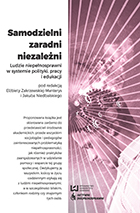
Keywords: disabled persons; persons with disabilities; social inclusion; work integration; social rehabilitation; vocational rehabilitation; activation services; non-governmental organizations
The paper describes two main approaches to activation services offered to persons with disabilities: social (re)integration (rehabilitation / inclusion) and work integration (vocational rehabilitation). Work integration is characterized as an aim and result mainly of the state policies while social inclusion is characterized first of all as a phenomenon of activities undertaken by associations and foundations from the third sector. Author arguers for the complementary character of relation between social inclusion and work integration programs. Both have to produce an empowerment effect through their services. It is also stressed luck of co-ordiation of activation services offered by different institutions as state fund called PFRON, social integration centers, social welfare agencies and job centers.
More...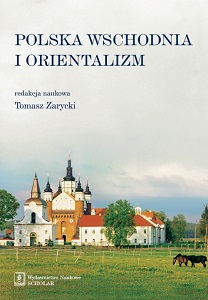

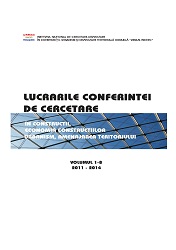
Keywords: urbanism; map; strategy; territory; tradition
Lucrarea de faţă îşi propune să prezinte structura sistemului ierarhic de planificare spaţială în Germania, dezvoltând fiecare nivel de planificare şi anume planificarea la nivel federal, la nivel de Land, la nivel de regiune şi la nivel de comună, prezentând mai apoi şi Legislaţia specială a planificării urbane, capitol care include următoarele subteme: Măsuri de reabilitare urbană, Măsuri de dezvoltare urbană, Restructurare urbană, Oraşul social şi Ordonanţa de conservare. Următorul capitol îşi propune să încerce să răspundă la întrebarea dacă actualmente planificarea spaţială în Germania trece printr-o perioadă de criză, aducând o serie de argumente în acest sens. Astfel că acest capitol se împarte în mai multe subteme printre care se numără şi instrumente de planificare pe timp de criză şi sarcinile de viitor ale planificării spaţiale. Mai apoi lucrarea dezvoltă teoria formulată de Christensen în anul 1985 privind comportamentul în faţa nesiguranţei în procesul de planificare. Christensen, tematizează necesitatea ca planificatorul (urbanistul) să joace rolul de comunicator, mediator. El trebuie să se lupte nu numai cu o nesiguranţă analitică în procesul de planificare, dar şi cu o nesiguranţă sistematică. Planificatorii înţeleg nesiguranţa ca fiind principalul obstacol în procesul de planificare, încercând să o reducă, iar Christensen propune în primul rând o înţelegere mai bună a calcului nesiguranţei la nivel de planificare spaţială. Ultimul capitol abordează planificarea participativă, acest subiect fiind pus în discuţie pentru prima oară în Germania în anii 60, în ziua de azi discuţia participării cetăţenilor la marile decizii în ceea ce priveşte planificarea fiind un nou indicator democratic, formulând centrul noilor metode de planificare în Germania. Din păcate însă participarea este actualmente înţeleasă ca un elemnt ce deranjează, constrânge aşa zisa bună desfăşurare a proceselor de planificare, procesul de paticipare presupunând şi mai mult timp, personal şi bani.
More...